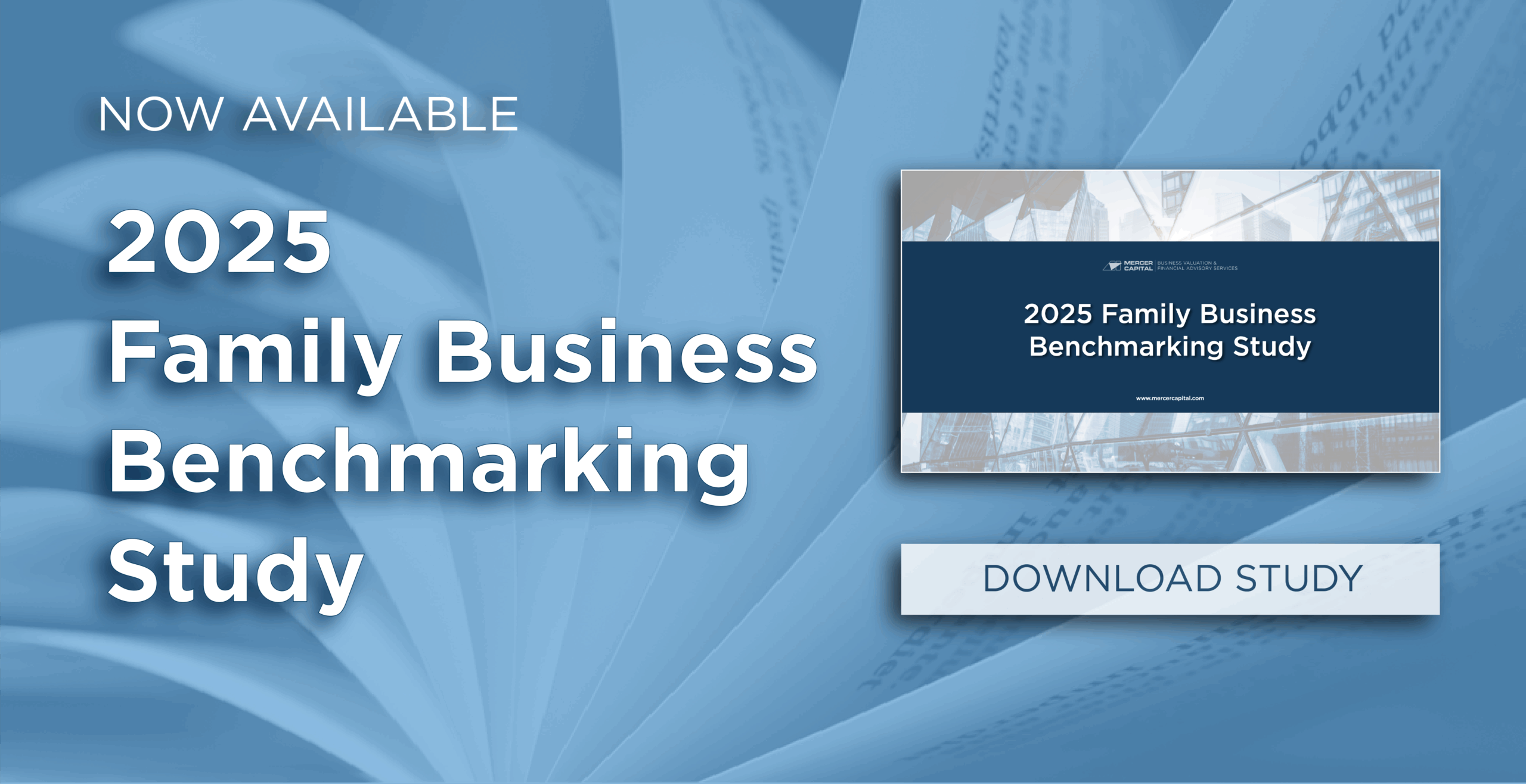The Boar’s Head Family: Why Worry About Succession Planning?
Since 1905, Boar’s Head has built a multigenerational family enterprise selling deli meats, cheeses, and other delicious sundries. In the last several decades, the company has publicly handled various product contamination and recall situations while simultaneously dealing with internal ownership conflicts and legal battles behind closed doors.
The major conflict originated in the 1970s when Eric Bischoff, a member of the third generation of family owners, graduated from college and began working at Boar’s Head. Throughout Eric’s time at Boar’s Head, he expected that he would be able to reach the same 25% ownership stake that his father, Bruno Bischoff, held at the time of his death.
Over the years, Eric and his cousins, Frank Brunckhorst and Robert Martin, became increasingly involved in the family business, and all three worked their way up through the ranks. Eventually, Eric became keenly aware of the difference between his stake in the company and Frank and Robert’s stakes. It seemed that each of the cousins was able to increase their interest in the company near the 25% mark. Eric claimed he was not allowed the same opportunities to increase his stake, and his interest remained relatively low.
Because the expectations for ownership succession were not clearly developed or communicated, a once-engaged family shareholder and high-performing employee became marginalized. This disparity among the shareholders led to the deterioration of Eric’s contributions to the company and, eventually, a lawsuit.
It is hard to imagine the founders of Boar’s Head envisioned this sort of conflict-ridden path for their family business. While avoiding shareholder conflict is never guaranteed, family business directors can add an additional layer of protection to their family legacy and long-term wealth through focused succession planning.
Here are a few things to consider when developing your family business succession plan.
1. Determine what is important to your family business.
Succession planning is not a one-size-fits-all exercise, especially for family businesses. Family business directors are constantly tasked with balancing the company’s needs with those of the family, and making succession plan decisions is no different. When thinking about succession planning, it is well worth the time to frame the discussion in the context of the history and legacy of your family enterprise.
The succession planning process is intricate and complex, but these conversations must include family shareholders. As demonstrated in the Boar’s Head enterprise, differing or unclear expectations among shareholders is a common point of friction within a family business. Incorporating the family shareholders through transparent and intentional communication can go a long way in identifying and aligning the goals and values of the owners.
Evaluating succession strategies can be an intimidating process, but understanding the meaning of your family business will help provide support and context for making these decisions.
2. Engage the next generation of family leadership.
A critical step in building a multigenerational family business is the transition from one generation to the next. If a family enterprise does not have a new generation willing and able to take over, the company cannot continue in the same form.
Passing the baton can be a daunting task, made harder if the new generation lacks familiarity or interest. To encourage a smooth transition from one generation to the next, family business directors should not underestimate the importance of engaging the next generation of family leadership early and often. Fostering a sense of responsibility and pride among the younger generations of family owners starts with opening a clear and consistent line of communication.
Check out our blog, Talking Money with the Next Gen, for further discussion on how to engage your next generation of family owners.
3. Create a framework.
The goal of establishing a succession plan is not necessarily to create a hyper-specific, cut-and-dry plan. Instead, the idea is to create a framework to shepherd the family through inevitable and unforeseen events that will impact the family over time.
It is important to note that things happen and circumstances change, and it is good practice to periodically evaluate your succession plans to ensure they are growing and developing along with the enterprise. Especially as the estate tax landscape continues to evolve, several economic aspects of succession planning remain up in the air. Establishing a succession plan that evolves with the times can be the difference between efficiently addressing an unforeseen succession event and allowing it to cause additional tension.
The need for a succession plan is inevitable, and there is no time like the present for family business directors to hone in on the family’s values and growth objectives. Maintaining a consistent line of communication and establishing clear expectations for succession can help your family businesses avoid unnecessary conflict and reinforce the family’s legacy for generations to come.
 Family Business Director
Family Business Director 











